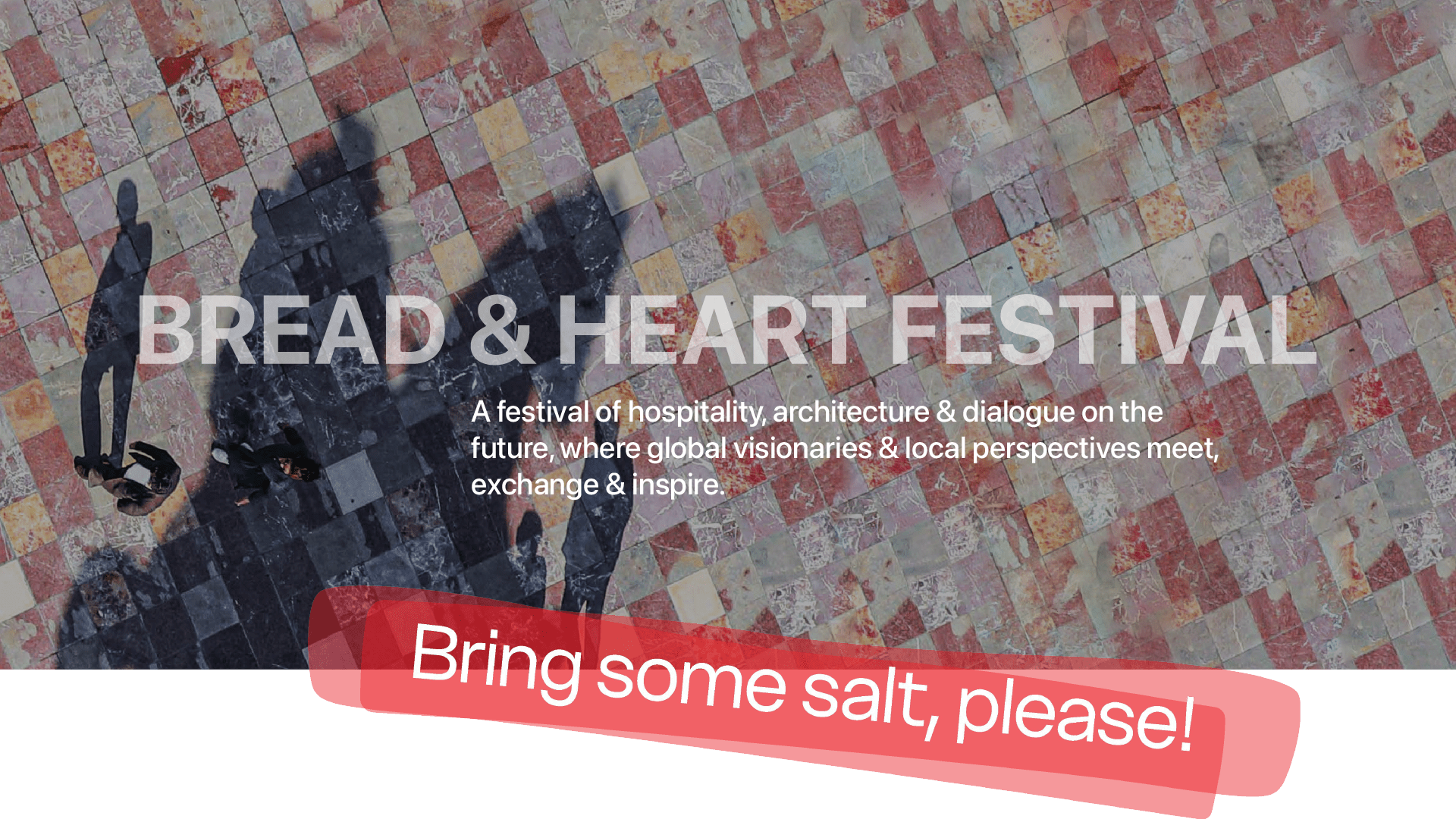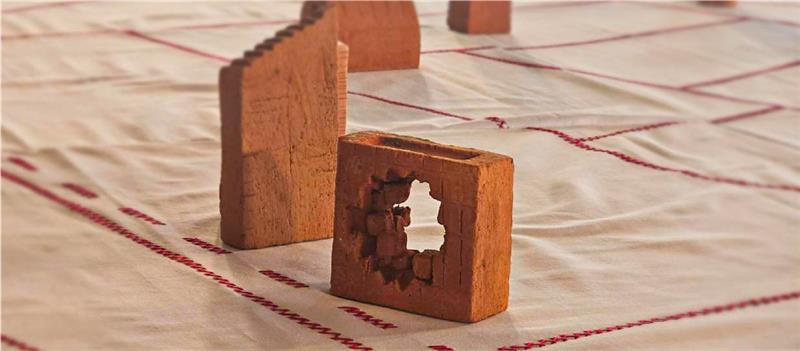
When Global Architecture Met Tirana: A Cultural Shift in the Heart of Albania
When Global Architecture Met Tirana
On June 6, Tirana became the epicenter of global design. The “Bread & Heart Festival” brought together the world’s leading architects to The Book Building, in the heart of Albania’s capital. From Winy Maas (MVRDV) to Kengo Kuma, Steven Holl, and many more, the event marked a powerful dialogue between world-class urban design and Tirana’s local context. But more than a gathering, it was a creative act – one where architecture met culture, material met identity, and the future of the city was sketched in full color.
Celebrating a New Urban Identity in Albania
At the center of the festival stood Tirana itself – not as a backdrop, but as a protagonist. Albanian artisans contributed a massive 66 m² hand-woven textile, embroidered with 20 years of urban history.
130 ceramic installations represented a new visual language: where traditional Albanian iconography met contemporary design, telling a story of transformation.
This collective energy positioned Albania as a rising voice in Europe’s cultural and architectural conversation.

Architecture, Community, and Commercial Real Estate in Motion
The round stage by PIK.al, covered in traditional carpets and folk motifs, set the tone for a conversation that connected architecture to community.
This was more than scenography – it was a narrative of change, where ideas, people, and urban space converge.
Tirana Boulevard captures that narrative in concrete form: a space where people live, work, and gather.
From energy-efficient apartments to adaptable office spaces in Tirana, and commercial real estate in Albania that fosters visibility and value, it reflects the future of urban living and business in the region.
The Vision of Winy Maas – Now Under Construction
Speaking at the festival, Winy Maas shared his philosophy on the future of cities – inclusive, efficient, sustainable.
That vision is becoming reality with Tirana Boulevard, the first building under construction on the New Boulevard.
It isn’t just another project – it’s a symbol of what Albania’s capital is becoming: layered, modern, and connected.




